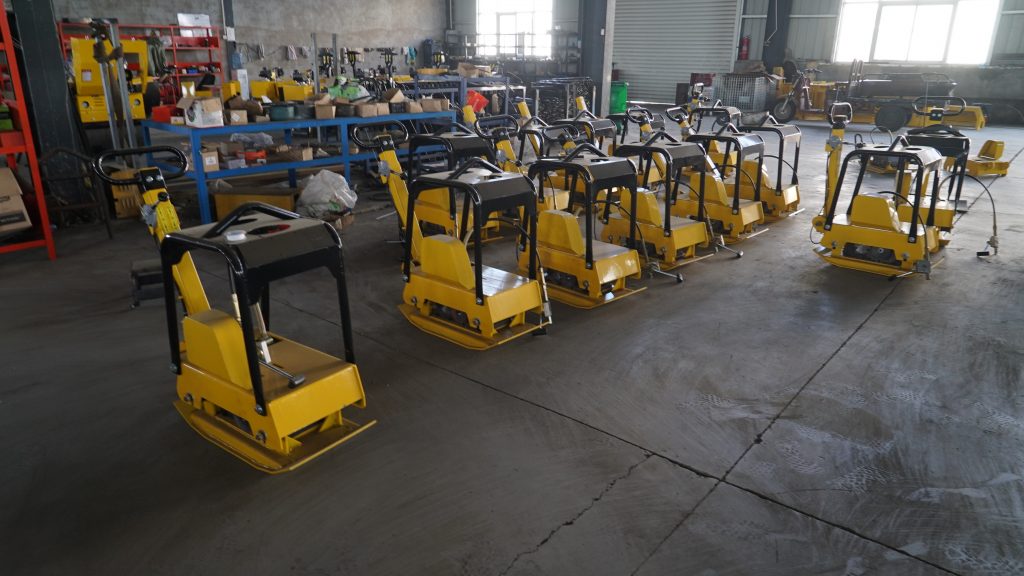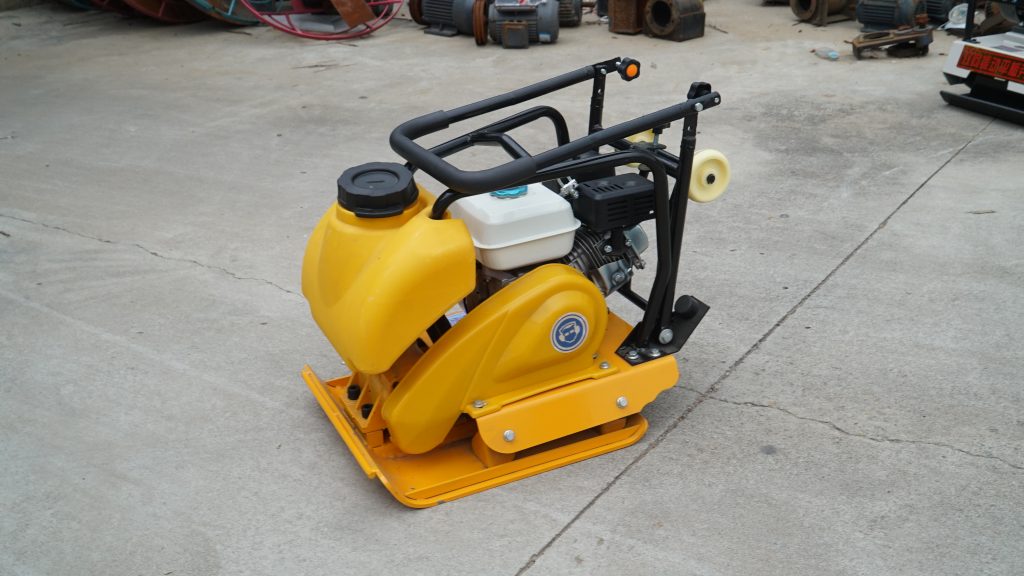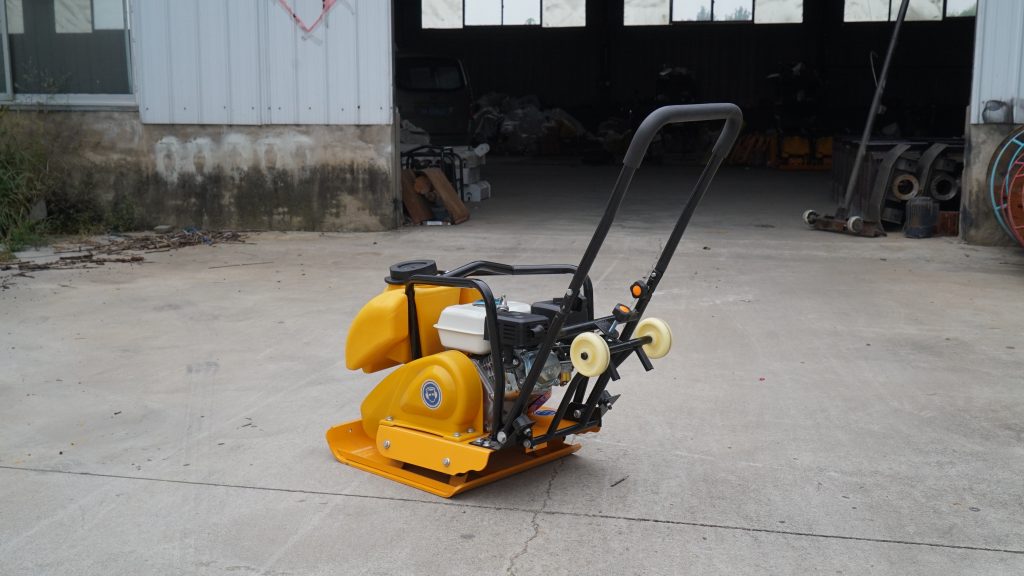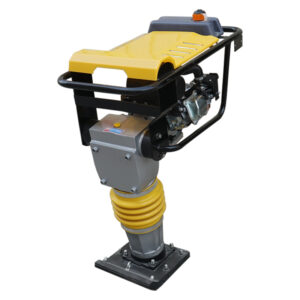1.Working principle of vibratory compactor
Vibratory compactors work on the principle of particle rearrangement to decrease voids and increase density and load bearing strength. They come in two types: smooth drum and padfoot drum. For increased versatility, smooth drum compactors can be equipped with optional padfoot shell kits, which allows the use of smooth drum rollers in padfoot applications, albeit with limited performance.

2.Principle of Drum Vibratory Compactors
Smooth drum vibratory compactors generate three compactive forces: static pressure, impact and vibration. Padfoot drum machines generate the same forces, plus they also generate manipulative force. Vibratory compactors provide uniform compaction throughout the lift.
Density is achieved from the forces generated by the vibrating drum hitting the ground. Compaction results are a function of the frequency and amplitude of the blows, as well as the force of the blows and the time period during which the blows are applied.
The frequency/time relationship accounts for slower working speeds on vibratory compactors. Working speed is important because it dictates how long a particular part of the fill will be compacted. For vibratory compactors, a speed of 1 to 2.5 km/h (0.6-1.6 mph) for rock and clay, and 2 to 5 km/h (1.2 to 3 mph) for gravel and sand will provide the best results.

3.Applicable scenarios of drum type vibratory compactor

Smooth drum vibratory compactors were the first vibratory machines introduced. They are most effective on granular materials with particle sizes ranging from large rocks to fine sand. They are also used on semi-cohesive soils with up to 50 percent cohesive soil content. Lift thicknesses vary according to the size of the compactor. Whenever large rock is used in the fill, the lifts may be very thick—up to 1.2-m (4-ft.) lifts are not unusual. One thing to remember when large rocks are in the fill is that the thickness should be about 300 mm (12 in.) more than the maximum rock size. This permits lift consolidation without having large rocks protrude above the surface.


